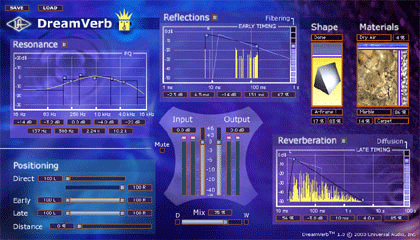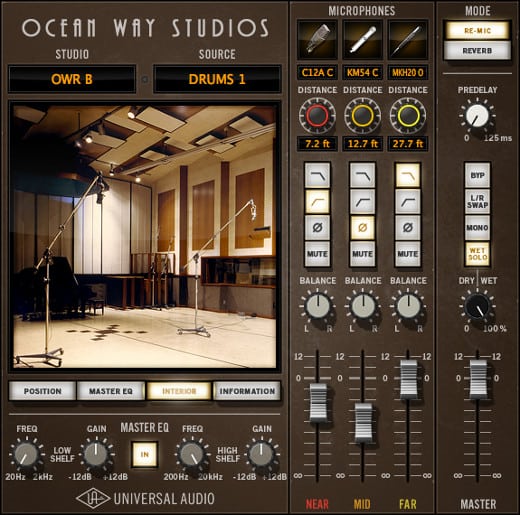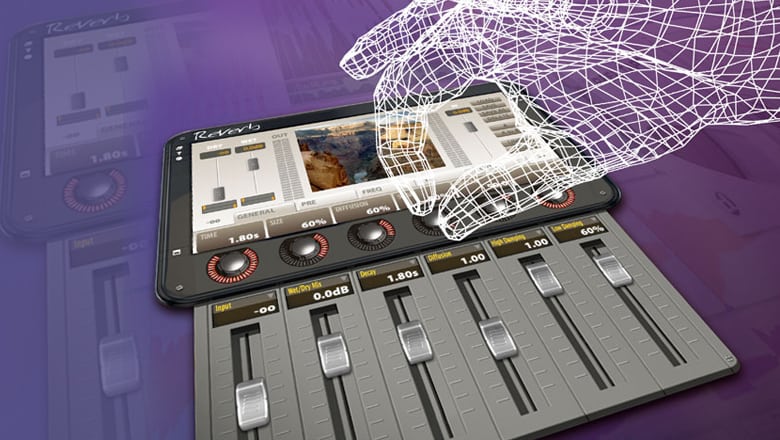One of the most important aspects of mixing a vocal and getting it to sit in your mix is the amount and type of reverb you apply to it. Reverb is critical to create depth and space around your vocal. A favourite technique of mine for a lead vocal (especially in pop music or hip hop) is to use 2 reverbs, where the vocal needs to be way up front but still sound connected to the rest of the mix.
First up we want to create a mono aux send and place a clean and modern sounding reverb, in MONO. My favourites for this are Waves RVerb, UAD Dreamverb,

Valhalla Room or the old faithful D-Verb. You want to have this panned directly in-line your vocal (9 times out of 10 this is going to be dead centre). Set your reverb up with a short pre-delay 2-3ms on a small room setting with a short time setting that decays away nicely with your vocal. When you turn up your Aux send, you should hear something between a slapback and a room sound. The idea with this reverb is, to actually bring the vocal forward in the online mix, an effect that is created by the short pre-delay. If you walk towards a wall talking/singing you will notice that when you get really close to the wall there is a noticeable short slap. By creating this reverb with a short pre-delay, we create a feeling of standing right in front of the vocalist. It is important that this reverb is in mono as we don’t want it to spread the vocal out at all in our stereo field. One plug-in worth mentioning at this point is the UAD Ocean Way; it is capable of this effect with amazing clarity and can really add “that” sound to your vocal – it’s expensive but totally worth it!
UAD Ocean Way; it is capable of this effect with amazing clarity and can really add “that” sound to your vocal – it’s expensive but totally worth it!
For the second reverb we want to create a separate STEREO send, and place a vintage style plate (or spring). I like to use the UAD EMT 140 but the Valhalla Vintage is cool as well. The setting can be a little less precise here with basically a long plate verb that fits your mix in terms of time and tone. The only key setting is a long pre-delay 30-50ms. You want to set the level of this verb to just where it starts to disappear in the mix, although how much you add will depend on the style of your track, i.e. more for a ballad, less for a rap. This will help your vocal sit back and blend the rest of the elements. You can also send other parts of your mix like, pads, rhythm guitar or drum overheads to this stereo verb, which will further gel the vocal with the other elements by putting them in the same “space”.
If you use this technique and tweak it to your mix you will end up with a vocalist that sounds like they are standing right in front of your face in a large space. Giving you that in your face sound, without appearing separate to the rest of your track.
[Jack Prest is an In-house Producer/Engineer at Studios 301]

Leave a Reply